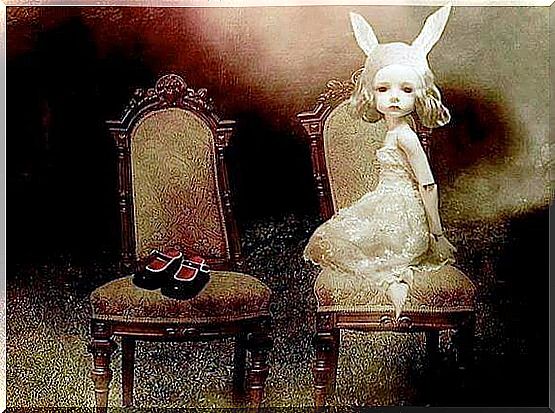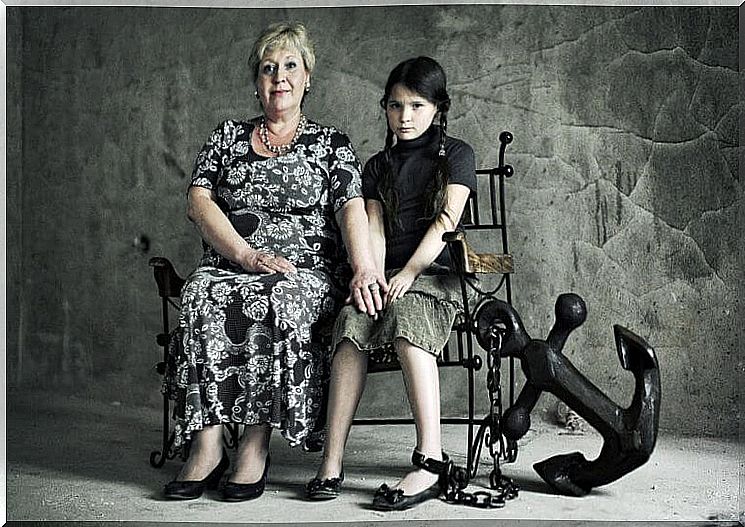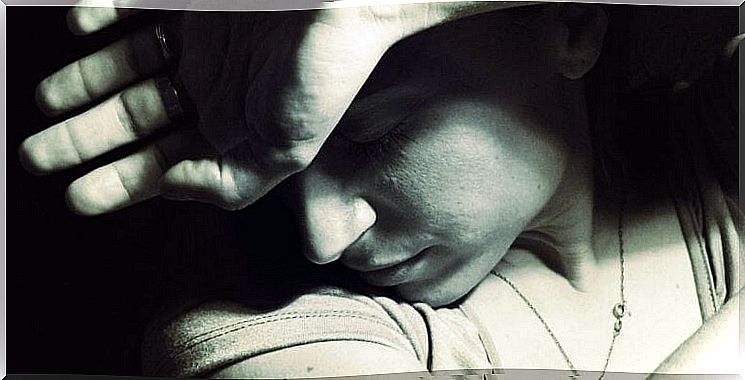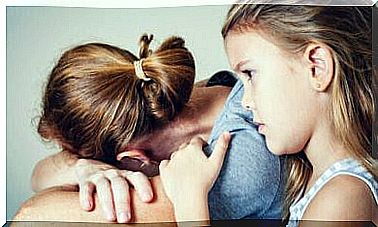4 Characteristics Of Infected Families

Dysfunctional families, commonly known as toxic families, are created through harmful behavior patterns that do not respect the individuality of all their members.
Among other issues, it is common for children in these families to be the target of psychological or physical aggressions that impair the development and healthy growth of an affective and stable climate. In any case, toxic families are as diverse as the number of destructive attitudes.
However, when certain characteristics appear within the same family system, it is possible that we are faced with an environment of ambivalent emotionality, which is possible to identify. But… what are these characteristics? Let’s look at some of them…

Traits of toxic families
1 – The absence of individuality
Infected families aren’t exactly experts at respecting their members’ living space. Therefore, in the end, they end up transforming free affective dynamics into coercive affective dynamics.
People in this family end up united by obligation, not devotion. Where we say united, read gifts. Short and sweet. A person contaminated by toxic contacts that compromise their individuality ends up falling victim to the need for approval.
This leads to the assumption of dissonant and unhealthy responsibilities. Members take extreme overprotective or aggressive attitudes, which impede healthy socio-affective development.

2. Overprotection or total neglect
Again we speak of extremes. As you know, none of them are good. Understand then that overprotection is the opposite pole of autonomy and freedom, so that it creates great dependence and emotional damage.
Overprotective people obtain large secondary gains from over-care, as they make the over-protected dependent and keep their lives in check in every respect. This is, in a way, synonymous with manipulation.
At another point is the lack of total interest in upbringing or emotional contact within the family. This is almost the same as talking about abandonment, one of the great childhood wounds that persist when we are adults.

3. The rule of not talking about problems
Avoiding addressing a problem is one of the most common and detrimental characteristics. This is decayed communication in a pure state. In fact, verbal lack of communication does not imply non-communication, as even silence communicates.
Not talking about conflicts generates real emotional bombs. These bombs get bigger over time, even destroying the entire castle when one day they suddenly explode. This leads to the destruction of all well-being, even if it is a pure mirage.

4. Lack of flexibility and fuzzy limits
Lack of flexibility in all aspects impacts the absence of healthy boundaries. If one of the members changes, the drama is at its highest. Clearly family members will activate all alarms if someone starts to like themselves and change their attitude.
They can also find us with a total and absolute lack of limits, which causes the members to lack emotional balance. Again, we find the tendency to dramatism, whether it happens covertly or not.
These four characteristics are pillars on which the gear of intoxicated or dysfunctional families is supported. Gaining awareness of this can help us to rescue our individuality and that of the people around us.









